NASA Seeking Ideas from the Public to Shape Future of Low Earth Orbit Exploration
NASA is setting its sights on the next chapter of human space exploration in low Earth orbit (LEO). As the International Space Station continues its own research, NASA is now calling on the public, industry leaders, and international partners to help shape the future of LEO missions.
The agency seeks innovative ideas to guide new goals and objectives, ensuring the continuation of human presence in space.
Why Public Input Matters to NASA
NASA isn’t just about rockets and astronauts—it’s about collaboration. Deputy Administrator Pam Melroy emphasizes that feedback from diverse sources is vital to refine the agency’s plans for LEO exploration.
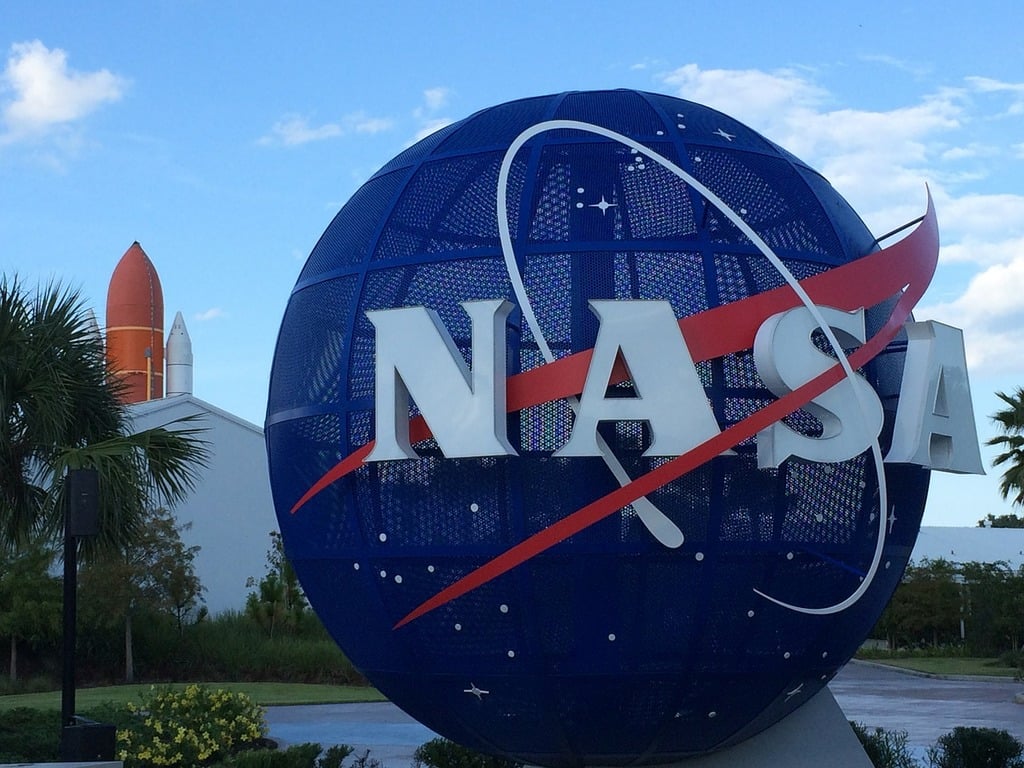
Source: Picryl
By engaging the public, academia, and international partners, NASA aims to develop a strategy that reflects a broad range of perspectives and needs, ensuring a sustainable and productive future in space.
The Role of the International Space Station
The International Space Station (ISS) has served as a testbed for human spaceflight for over two decades. According to Robyn Gatens, the ISS director, leveraging the ISS’s capabilities for testing and research is crucial for understanding how to live and work in space.
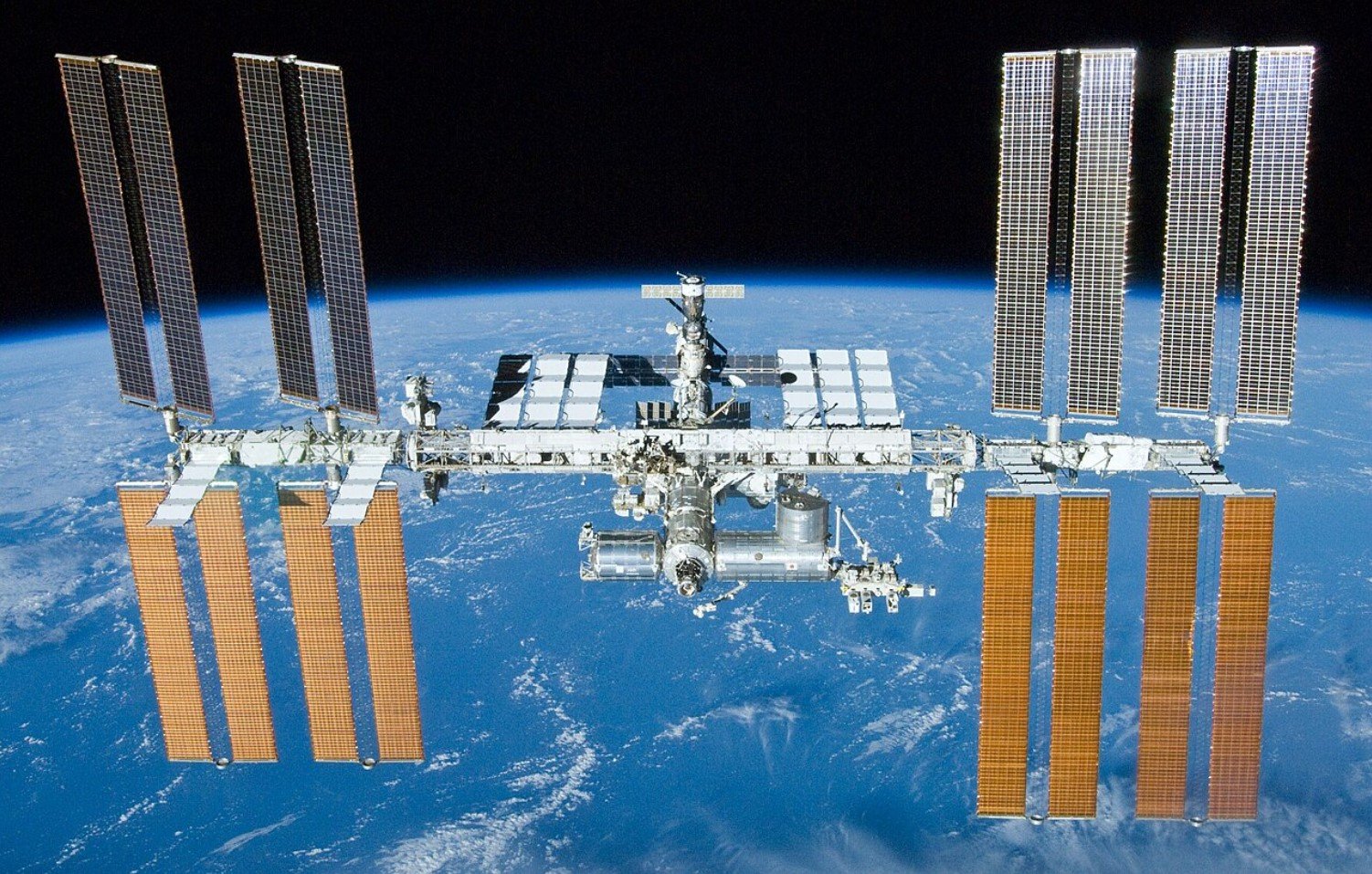
Source: Wikimedia
As we look ahead, the lessons learned from the ISS will help guide the development of new commercial platforms in LEO.
Six Key Areas of Focus
NASA’s draft goals and objectives are categorized into six main areas: science, exploration-enabling research and technology, commercial LEO infrastructure, operations, international cooperation, and workforce engagement.

Source: Wikimedia
These areas represent the core pillars necessary to advance human space exploration and maintain a continuous human presence in orbit. Each area aims to build on the achievements and knowledge gained from past and ongoing missions.
Expanding Knowledge
Science remains a top priority for NASA’s future LEO endeavors. The agency plans to focus on research that enhances our understanding of fundamental biological, physical, and chemical processes in space.

Source: Wikimedia
This research could unlock new discoveries that benefit not only space exploration but also life on Earth, from medical advancements to innovative materials.
Developing Technology for the Future
Exploration-enabling technology development is essential for future missions beyond LEO.
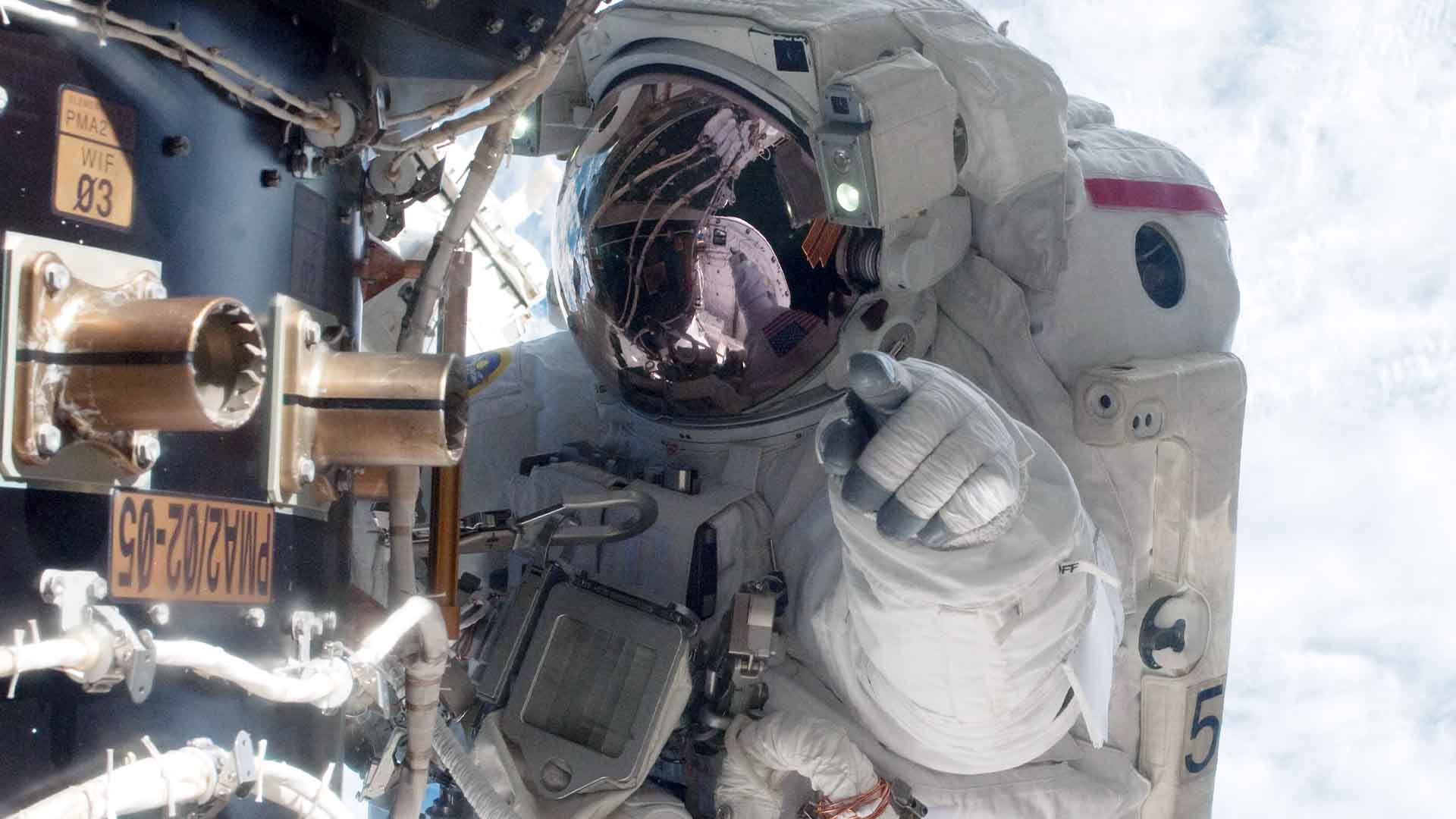
Source: NASA via Getty Images
NASA aims to invest in new technologies that support long-duration missions, such as advanced life support systems and radiation protection.
Building Commercial Low Earth Orbit Infrastructure
The commercial sector plays a critical role in NASA’s LEO strategy. With companies like SpaceX and Blue Origin leading the way, NASA envisions a future where commercial space stations complement the ISS.
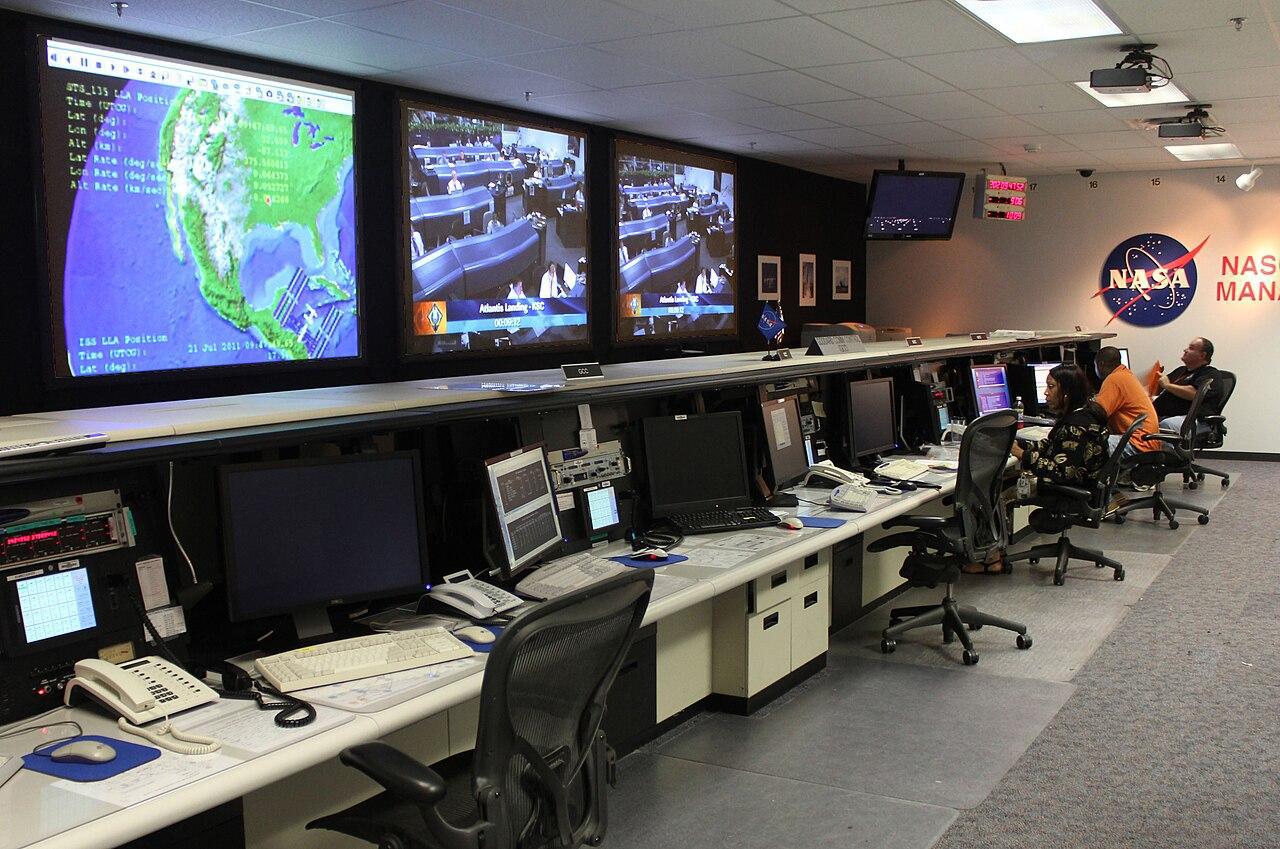
Source: Wikimedia
This collaboration aims to create a robust LEO economy, offering opportunities for scientific research, manufacturing, and tourism, while reducing the cost burden on the government.
International Cooperation: A Global Effort
Space exploration is a global endeavor, and international cooperation remains a cornerstone of NASA’s strategy. The agency plans to continue working closely with its international partners to share knowledge, resources, and capabilities.

Source: Cytonn Photography/Pexels
By fostering international partnerships, NASA hopes to ensure the peaceful and sustainable use of LEO, benefiting all humanity.
Engaging the Workforce and Inspiring Future Generations
Workforce development is crucial for the sustainability of space exploration. NASA is committed to inspiring and training the next generation of scientists, engineers, and astronauts.

Source: NASA/Wikimedia Commons
By engaging with educational institutions and fostering a culture of innovation, NASA aims to build a diverse and skilled workforce ready to tackle the challenges of space exploration.
The Upcoming Workshops: Gathering Insights
In September, NASA will host two invite-only workshops to gather feedback on the draft goals and objectives. The first workshop will include international partners, while the second will involve U.S. industry and academic representatives.
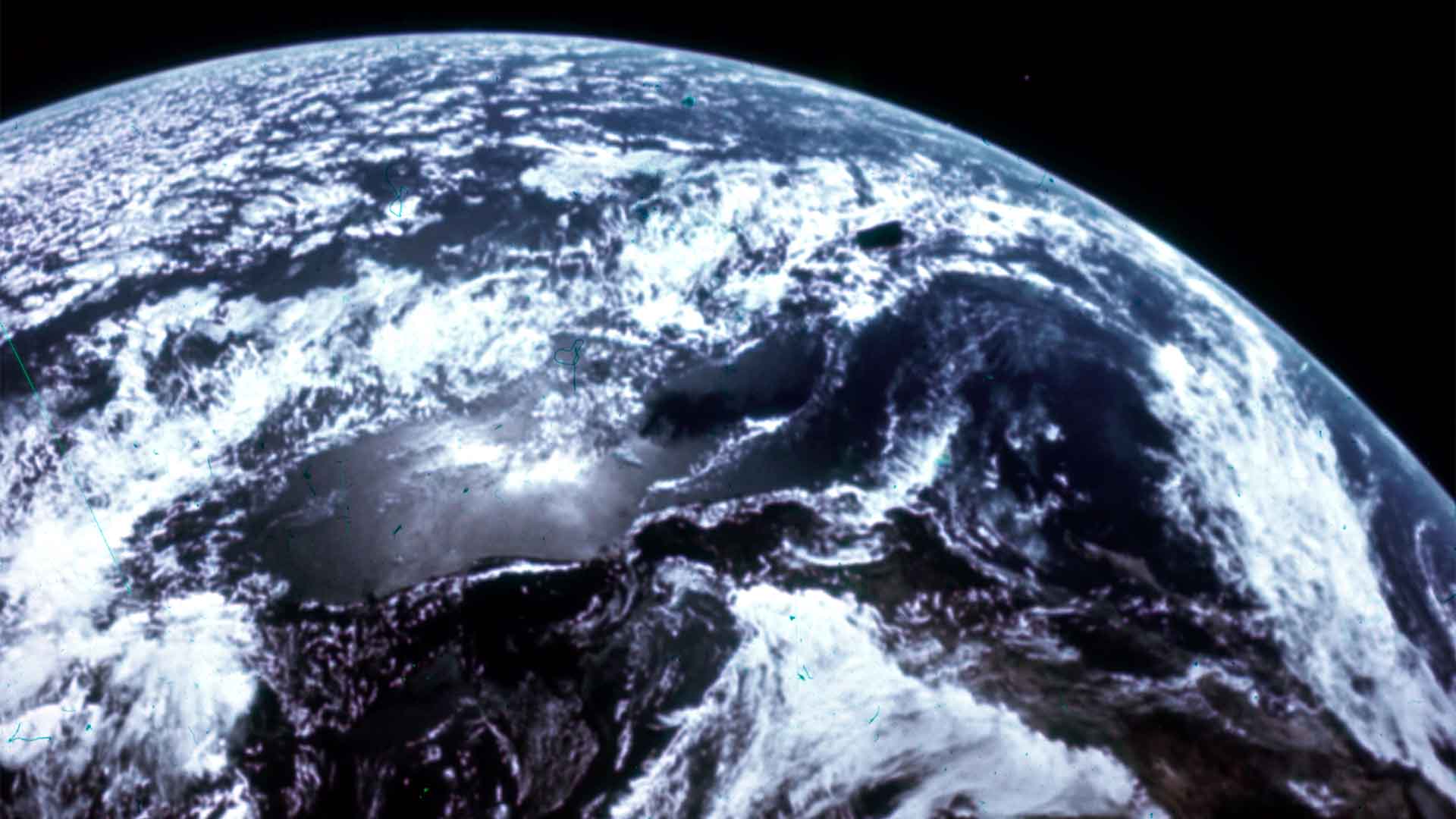
Source: NASA/Interim Archives/Getty Images
These workshops are a big step in refining NASA’s strategy, ensuring it aligns with both domestic and international goals.
How You Can Contribute to NASA’s Mission
NASA is inviting stakeholders, including the general public, to submit their feedback on the draft goals and objectives. This is a unique opportunity for individuals and organizations to shape the future of human space exploration.
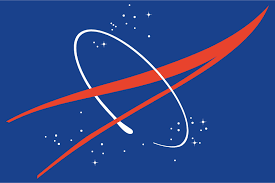
Source: Wikimedia Commons
Feedback can be submitted via NASA’s dedicated website until September 27. Your input could help determine the direction of NASA’s next big steps in LEO.
Finalizing the Strategy
After reviewing the feedback, NASA plans to finalize its strategy for LEO exploration later this year.

Source: Wikimedia
This strategy will set the course for future missions and initiatives, ensuring the continued presence of humans in space.
